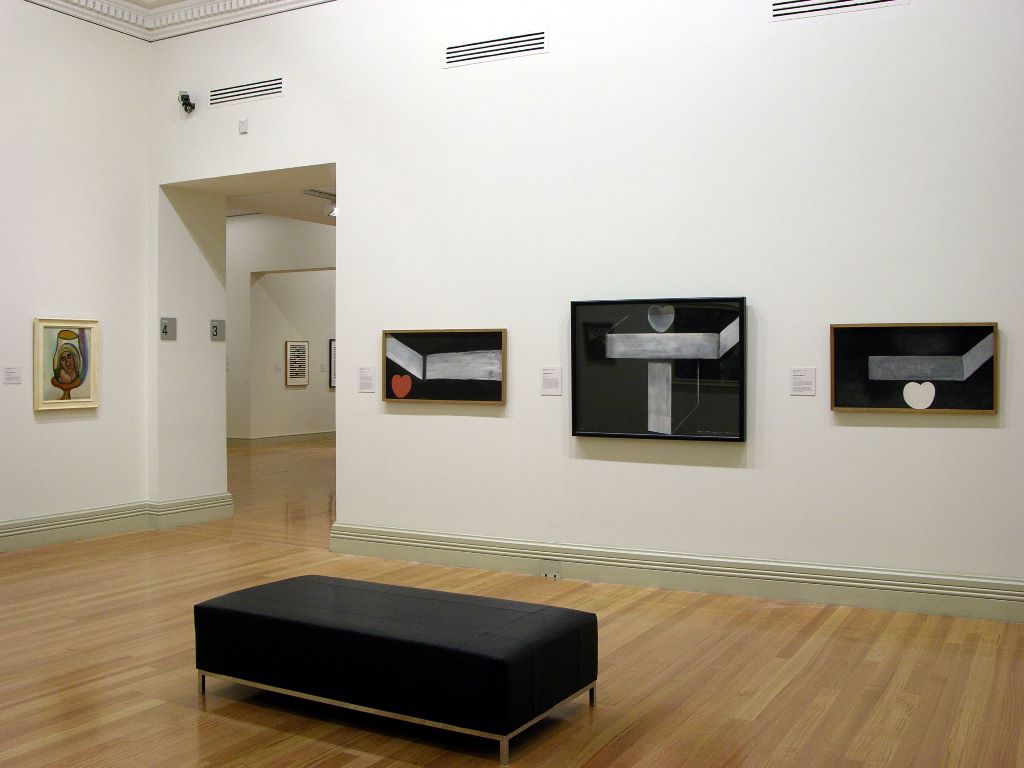—

exhibition Details
Most of my work has been aimed at relating man to man and man to his world, to an acceptance of the very beautiful and terrible mysteries that we are part of.
- Colin McCahon
Like many artists of his generation Colin McCahon was introduced to the still life as a subject matter at art school. A lesser genre for many centuries, the still life enjoyed something of a renaissance at the turn of the 20th century, as avant-garde artists led by Cézanne used it to explore the limits of painting. While studying in Dunedin McCahon executed a number of still lifes in this manner, which today read as purely formal exercises. In later works, however, still life elements become imbued with symbolic meaning and allusion in ways that appear more in touch with the emblematic concerns of the 17th and 18th centuries than the more formalist aspirations of 20th-century modern art.
Still life objects such as candles or jugs started appearing in McCahon's works of the late 1940s almost as props to the main narrative. For example Crucifixion (for Rodney Kennedy), 1947, includes a kerosene lamp. The importance given to the lamp, being of almost equal size as Christ's body, recalls Jesus's words 'I am the light of the world'. Yet, reflecting the bleak nature of the subject matter, the lamp is extinguished and the world it occupies is falling into darkness.
In 1967 McCahon returned to the still life in the Still Life with Altar series followed by the Visible Mysteries in 1968. In the intervening years a great stylistic shift had occurred in his work; the forms he used were greatly simplified, recognisable objects giving way to a mix of abstracted forms and text. However, unlike the formalist abstraction that followed Cézanne, McCahon's forms were not devoid of substance, rather for him abstraction was a process by which to distil meaning. Thus the heart floating in space with a slab-like altar are intended as symbols of Holy Communion, the rite in itself an emblem of Christ's Passion, love and sacrifice.
Uniquely, McCahon combined a modern formalist language with an exploration of faith through signs and symbols. Like the visible mystery of the Eucharist, in which, according to the Catholic doctrine of transubstantiation, the wine and bread are transformed into the blood and body of Christ, McCahon's works take simple objects and symbols to convey vastly complex ideas.
- Date
- —
- Curated by
- Jane Davidson
- Location
- Main Gallery, Ground Level
- Cost
- Free entry



![[Still Life with lamps]](https://artgallery-collection.cdn.aucklandunlimited.com/records/images/large/12375/cc8700dc33c0ea3e5f306d79578af63e36d4aac1.jpg)





